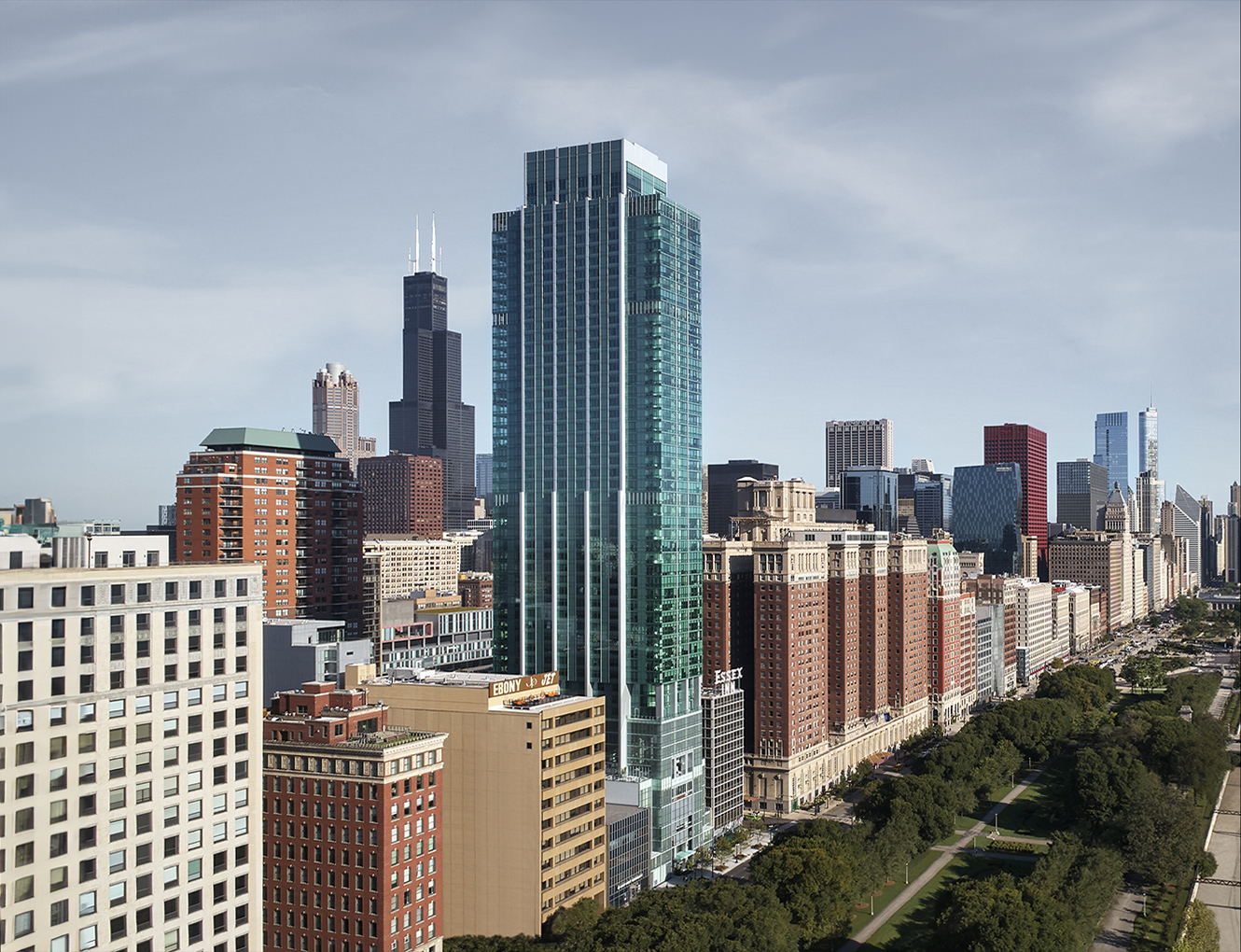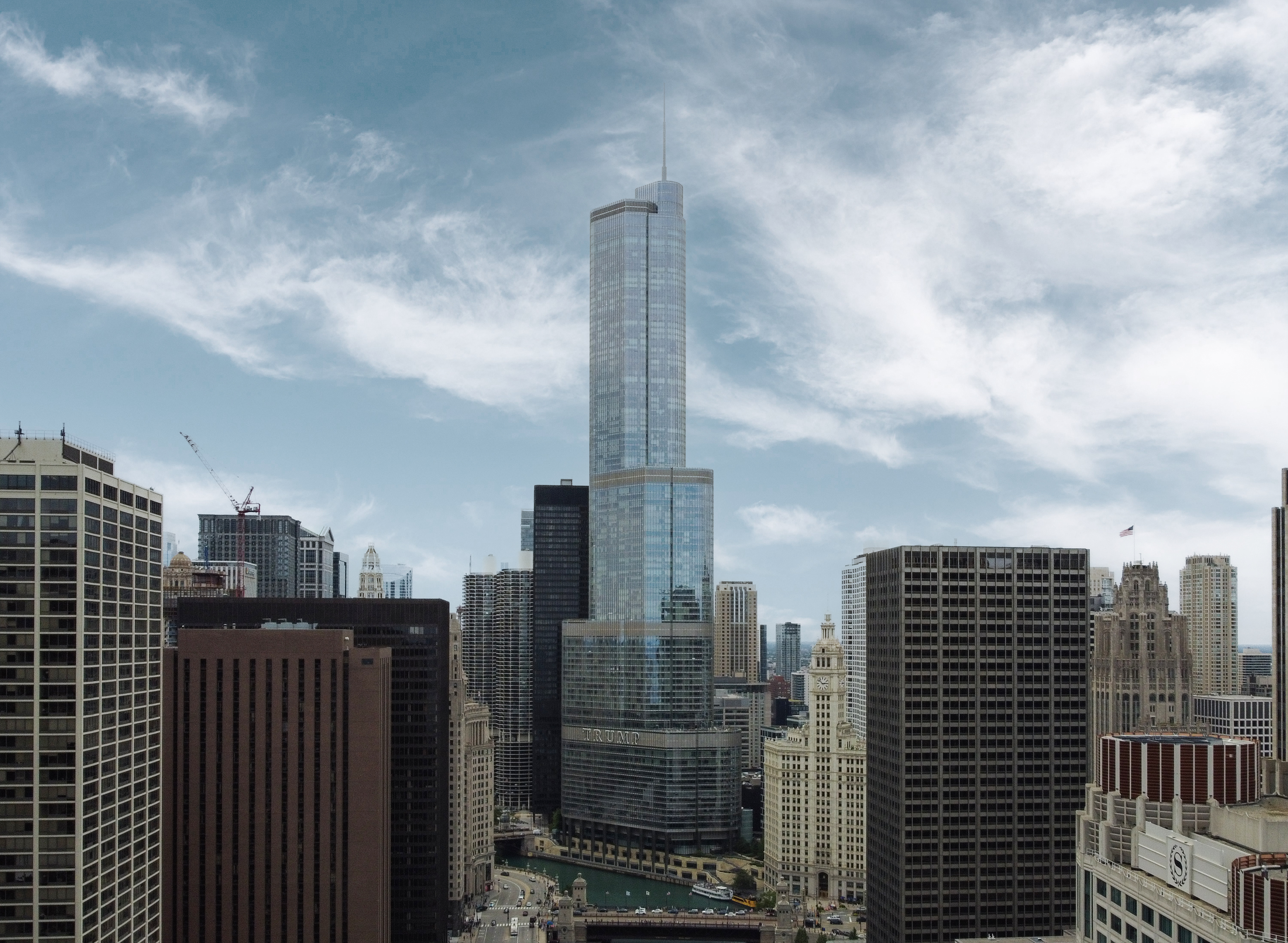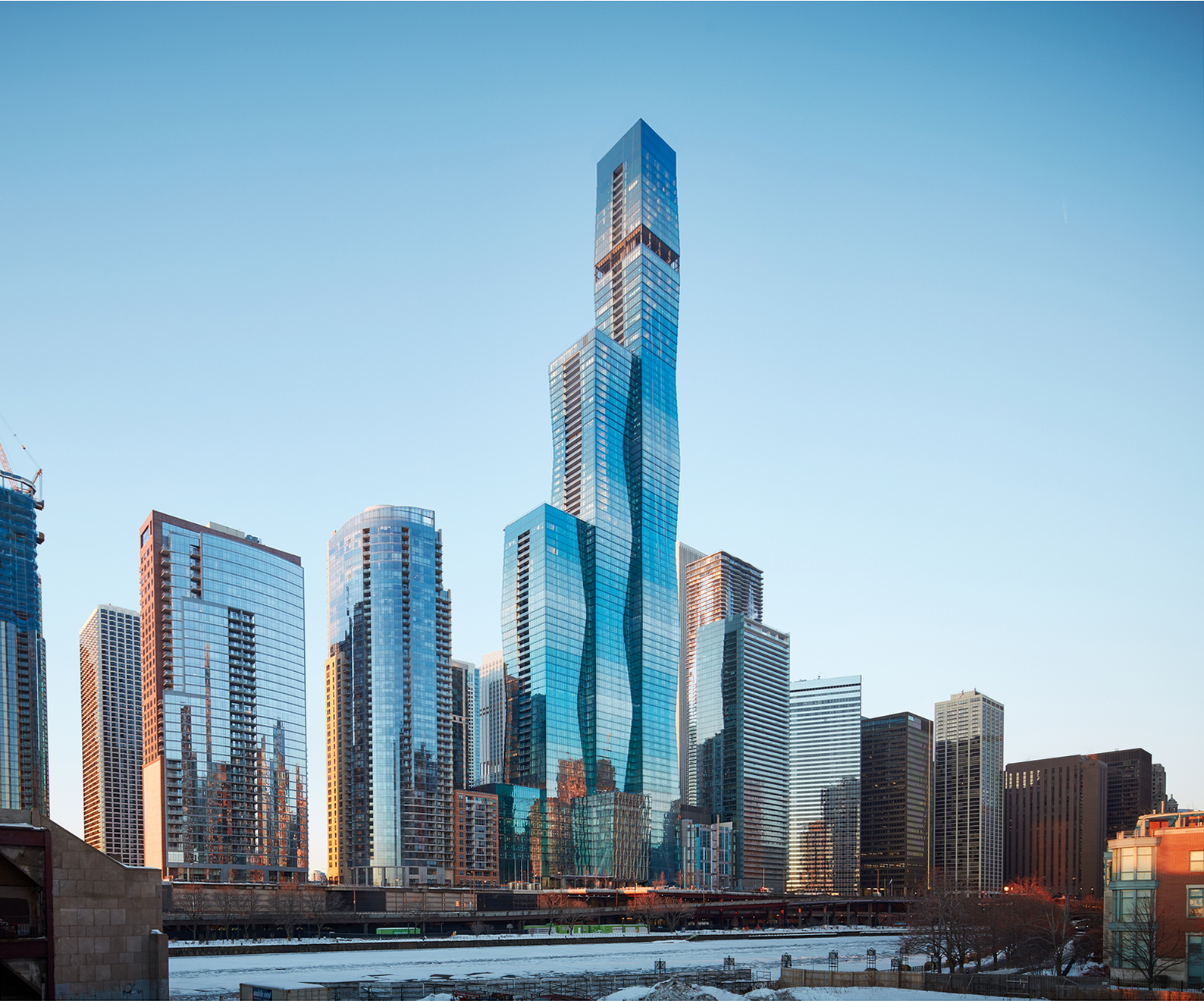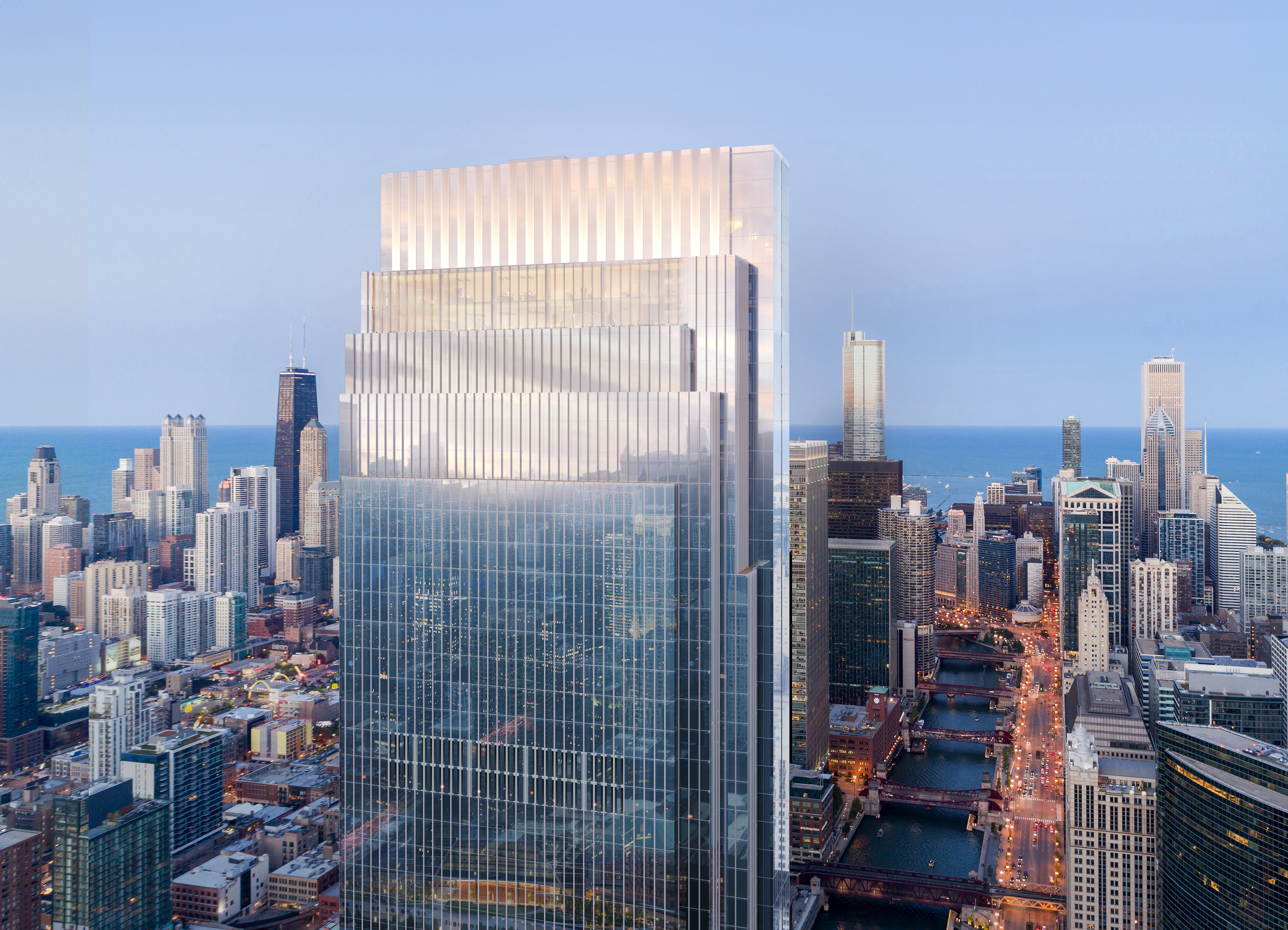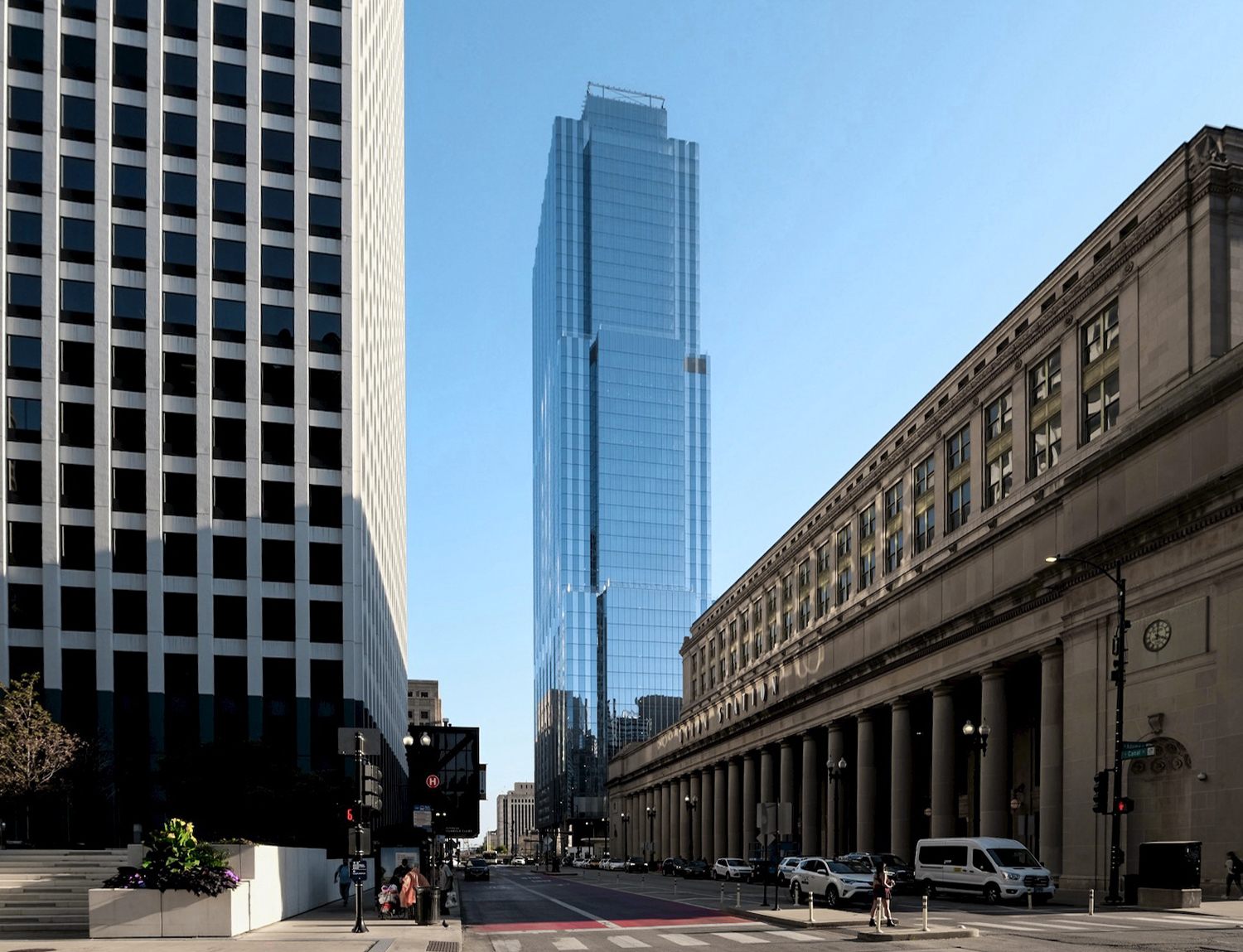The Essex on the Park Building is a Contemporary skyscraper designed in 2015 by Hartshorne Plunkard Architecture, and built between 2017 and 2019, for a reported $190 million dollars, in Chicago, IL.
Essex on the Park Building is not the only name you might know this building by though. The building is, or has also been known as 812 South Michigan.
Its precise street address is 808 South Michigan Avenue, Chicago, IL. You can also find it on the map here.
In 2019 the Essex on the Park Building was awarded with the WELL Certification multi-family.
The building has a four story winter garden oasis with unobstructed lake and city views. This garden becomes a vertical extension of the park, while the swimming pool mirrors the water of Lake Michigan.
